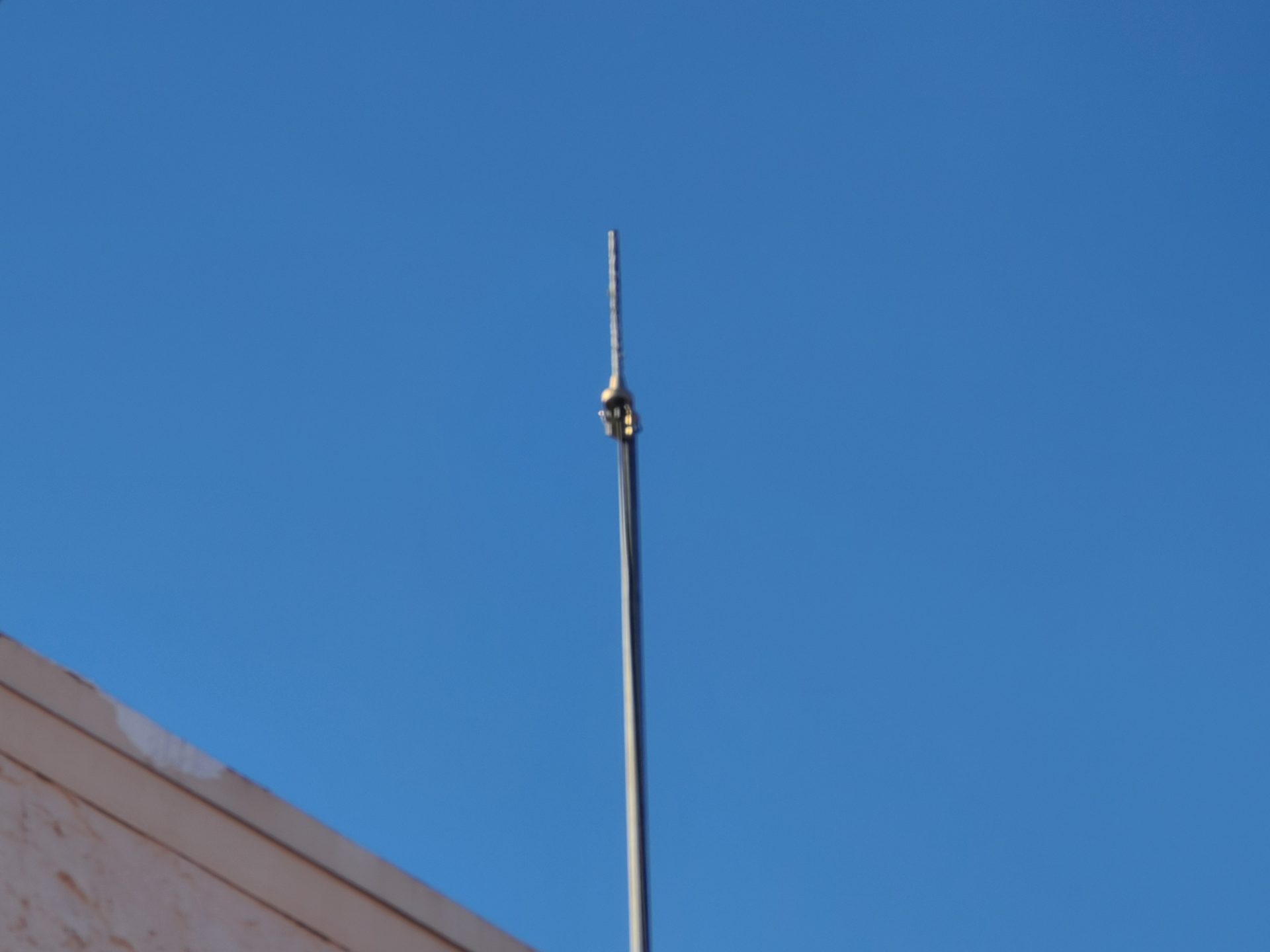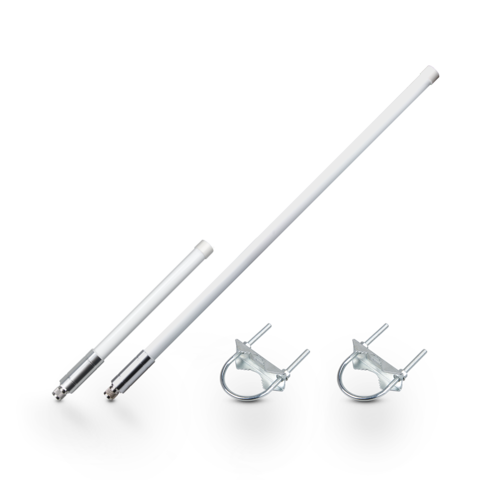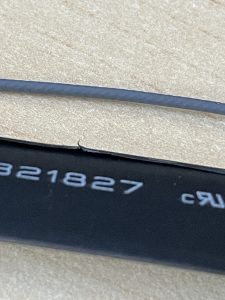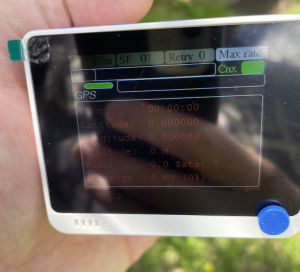
As mentioned elsewhere, deploying a Helium hotspot/miner can be as simple as plugging it into power and internet placing it on a window sill with a great view! However, there are other steps you can take to optimise the range and coverage of your Helium miner/hotspot.
Here are several factors to consider when optimising the deployment of a Helium hotspot/miner which will help increase its coverage, and therefore earnings potential.
The stock antenna is likely sufficient, so long as you are in a location high up and with a good view over a populated area. But if you live in a low lying depression, or in a built-up area, or have other geographical challenges to overcome, you might want to consider two things to improve your coverage – antenna gain and height.
Let’s look at height first
The simple rule here is: the HIGHER you can place your antenna, the better. Every metre of height above ground level will get you above more obstacles that absorb or block radio waves, and therefore improve line of sight and range. This is probably the single most important consideration as you plan out your hotspot deployment. Get the antenna well up into the air, and ideally well above roof height.

As you research antenna mounts or masts, you’ll find everything from simple short barge-board mounts, to massive 20+ metre freestanding masts. To do the right thing here and stay in compliance you’ll need to consider the planning rules and DA exemptions for antenna masts. In the ACT, the rules are unfortunately, very conservative. The maximum height for an antenna mounted to a building is no higher than 1.5 metres above the highest part of the roof. See this post for more info on mast antenna rules in Canberra.
As to the different kinds of antenna mounts, taller mounts will need stabilising with guy wires, whereas shorter ones can be fixed more simply. A couple of options for mountes are as simple as this 3m x 25mm aluminium tubing from Bunnings, or this telescoping antenna mast kit from Jaycar.
Outdoor antenna choice
Most Helium hotspots/miners ship with a small indoor, low-gain antenna typically rated between 2 and 3dbi. Again, this might be perfectly fine for a simple deployment placed close to a window in a tall building, but roof mounting will need investment in an antenna rated for outdoor conditions and perhaps one that has increased gain depending on your goals.
Antenna gain
To oversimplify a complicated topic…
“Antenna gain roughly translates to the power, distance and width of the signal that your antenna provides“
Helium ACT 😉
Lower gain 3dbi antennas provide broad coverage in many directions, whereas higher gain (say) 12dbi antennas provide very narrow long range signal strength.
Higher gain is not always better. Consider your situation and adjust accordingly.
Here’s a picture (not to scale!):

When shopping for antennas…
- In Australia we operate on the 915mhz LoRaWAN frequency range, so you need to make sure the antenna supports that
- Antennas typically terminate with N-type fittings (either male or female) – check and make sure you’re buying compatible fittings and accessories

- Invest in better quality gear from reputable manufacturers – RAK is the most frequently recommended quality antenna supplier I’ve seen recently
- Keep an eye on shipping costs – some of these antennas can be a metre or more in length and while not heavy, they are awkwardly shaped packages, and that usually means they’re more expensive to ship.
Other accessories to consider
Cabling between the antenna on the roof and the hotspot/miner installed indoors. You ideally want to keep these cable runs as short as possible, but if you do go longer, make sure you get good quality cable to minimise signal loss in the cable itself. Also make sure the cable is terminated with the right kind of fittings for your antenna, hotspot, and any other accessories – like an inline lightning arrestor. You will see people talking about LMR400 cable which is good quality. The cabling rule is: keep cable runs no longer than necessary, and if you DO have long runs, buy good quality stuff.
Lightning arrestors protect your (not-inexpensive) hotspot/miner (and income!) from lightning strikes. There is great debate about the need for these, however, I would recommend them as a critical part of any roof-mounted antenna install. Be safe!
Lightning arrestors sit inline between your antenna and your hotspot and typically have N-type fittings on each end. The arrestor typically has a spade terminal to which a ground wire needs to be attached to the ground for your house.

Mounting clamps – most antennas come with a couple of mounting clamps like those pictured here:

Installation
Installing on your roof may not be that easy. Consider safety of yourself, your family and your home as your highest priority and don’t take unnecessary risks. If you’re in doubt, uncomfortable with heights, or just want to make sure it’s done right the first time – call in the services of a highly rated professional. Most TV antenna installers should be able to install your equipment.
Fin.
Well, that’s a brief overview of antennas and installation. Wanting more? Post your thoughts below and we’ll expand this article to address other frequently asked questions. Cheers!







